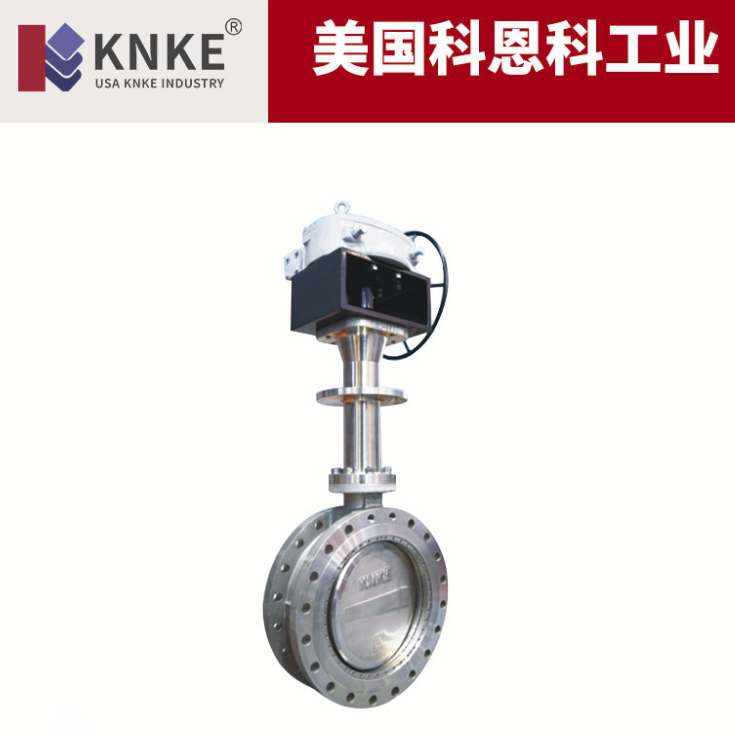Low-Temperature Electric Butterfly Valves: Key Features and Industrial Applications
Industries that handle cryogenic systems need valves that perform reliably in extreme cold. Standard valves can fail in these conditions, causing dangerous leaks and costly downtime. For this reason, low-temperature electric butterfly valves are an essential component. These specialized valves operate effectively in frigid environments, which ensures safety and efficiency in critical processes.
What Makes a Valve “Low-Temperature”?

A valve is classified as low-temperature if it can withstand and operate in environments well below freezing, typically as low as -50°C (-58°F). Consequently, they are crucial for handling liquefied gases like LNG, nitrogen, and oxygen.
Here are the key features that distinguish these valves from their conventional counterparts:
Engineered for Extreme Cold
These valves are primarily designed for resilience to low temperatures. To prevent brittleness or loss of mechanical strength in the cold, manufacturers construct them from special materials. Accordingly, they often use stainless steel alloys like 304, 316, and 316L because of their excellent cold-weather properties. This material selection is critical for preventing valve body cracking or component failure.
Specialized Sealing Mechanisms
Valves create a tight seal to prevent leaks. In low-temperature applications, this is a significant challenge. For instance, standard sealing materials can shrink or harden, compromising the seal. Therefore, low-temperature electric butterfly valves use specialized seats and seals made from materials like PTFE or reinforced polymers. These materials maintain their elasticity and sealing capability in the cold.
Electric Actuation for Remote Control
The “electric” part of the name is key. An electric actuator allows for remote and automated operation. In hazardous or hard-to-reach cold environments, this feature is invaluable. Operators can control the valve from a safe distance, making adjustments with precision and avoiding direct exposure to the cold or potential leaks.
Designed to Prevent Ice Formation
Moisture and humidity in cold environments can lead to ice formation, which can jam moving parts and prevent valve operation. For this reason, low-temperature butterfly valves often feature extended bonnets or insulated components that keep the packing gland warm enough to prevent icing. This design ensures that the valve can be actuated smoothly even after prolonged exposure to the cold.
Enhanced Durability and Reliability
Since these valves are used in critical applications like LNG processing, air separation, and chemical storage, manufacturers build them for high durability and reliability. The combination of robust materials, specialized seals, and a reliable electric actuator allows them to perform millions of cycles without failure. This provides a long service life and reduces maintenance costs.
In summary, low-temperature electric butterfly valves are a critical safety component. Their unique blend of material science, specialized design, and remote operation makes them indispensable in industries where working with extreme cold is a daily reality.
